Report: Frozen Food sales to remain strong post-COVID 19
21 May 2020March represented the peak for all frozen food sales in the U.S. with dollar figures rocketing 94% above the levels for the same time last year. However, things cooled off in April where volume sales were 30% to 35% above the same period last year. Overall, 86% of consumers have bought frozen food items since early March.
Just as pantry staples have experienced a surge in sales, so too have frozen foods with 70% of consumers reporting an increase in their frozen food purchases since March, according to a new survey from the American Frozen Food Institute (AFFI). In addition to those who regularly buy frozen goods, 7% of those surveyed said they are new to the category and previously rarely or never bought frozen products.
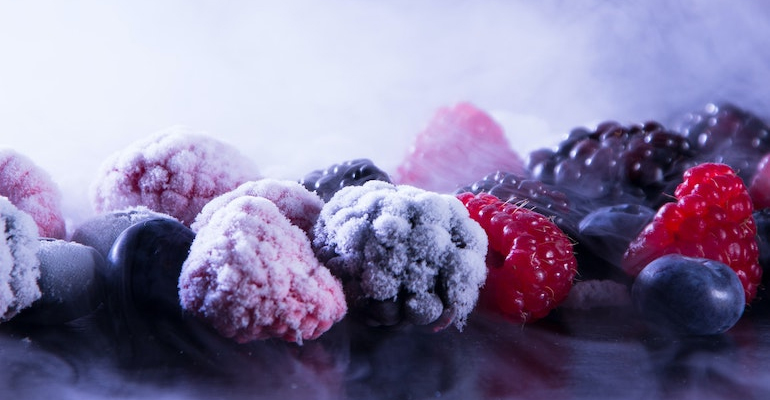
Consumers listed the pandemic as the primary catalyst for this increase in reliance on frozen food. The top reasons behind the growth in this segment are the long shelf-life of the products (60%), consumer desire to stock up in case of food shortages (58%), the ability for frozen food to limit trips to the grocery store (51%) and the ease of preparation (46%). Still, 12% of consumers said they had recently been ramping up their frozen food purchases regardless of the pandemic.
Indeed, frozen food sales have been growing for years as the negative perceptions about the quality and health of these products have melted away. Due to recent investments in frozen products, sales in this segment began to outpace total store and perimeter sales in 2017. That divide increased last year when frozen food sales grew 2.6%. Total store sales increased 1.7% and fresh sales rose 1.4% during the same time period, according to Grocery Dive. Compare that to 2014 when the perimeter of the grocery store saw sales that were five times that of the frozen section.
Now that gap may be widening further with the impacts of coronavirus on consumer shopping behavior. The AFFI survey noted that the most frequently purchased categories were frozen vegetables, meat and pizza. However, the categories with the largest growth were frozen meat (101%), frozen snacks (82.3%) and frozen beverages (94.6% ). This indicates that frozen food is not just supplementing meals, but it is also providing a convenience for consumers that are not always able to order food from restaurants.
The survey also indicated that the future of frozen foods is bright. Of those who have purchased frozen foods since the onset of COVID-19, 18% expect that they will purchase “a lot more” and 32% said they anticipate buying “somewhat more.” And those who will be buying more are consumers who are not traditionally big frozen food purchasers. Gen Z consumers, high-earning millennial households with children and families in urban zip codes are among the groups identified as future frozen food aficionados.
Related news

Plastic packaging reduction requires industry rethink
6 Jan 2023
The food and beverage sector is calling for industry-wide collaboration and business model updates to reduce the environmental impact of plastic packaging.
Read more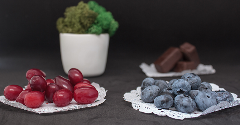
Misleading nutrition claims mask true sugar levels in baby food
5 Jan 2023
Some baby and toddler food and drink products, sweetened with fruit concentrate, contain up to four teaspoons of sugar per serving yet are marketed as having ‘no added sugar’, according to a survey by Action on Sugar.
Read more
Asian beverage brands deal with rising costs
4 Jan 2023
Decreasing bottle sizes or increasing prices? Asian beverage brands are finding “creative approaches” to manage rising costs, according to industry analysts.
Read more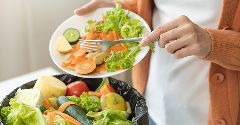
Preserving the freshness of food to fight waste
3 Jan 2023
Several companies are producing products that absorb ethylene, the hormone that causes food to ripen, in attempt to reduce food waste.
Read more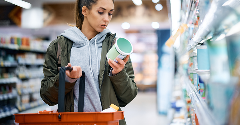
Value-seeking US consumers cut back on food spending
2 Jan 2023
Cheaper items, smaller sizes, and shorter grocery lists: inflationary effects coupled with a global long-term recession are set to continue shaping food spending habits, according to a recent Rabobank report.
Read more
Opportunities grow for lower-caffeine coffee
23 Dec 2022
Many consumers want the mental focus of caffeine without the jitters, prompting a wave of product development such as “half caffeine” ground coffee or ready-to-drink (RTD) cold brew blended with relaxing botanicals.
Read more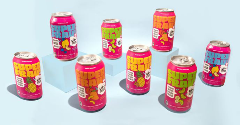
Superfrau upcycles liquid whey for energy drinks
22 Dec 2022
US company Superfrau turns surplus whey into sustainable, upcycled-certified dairy products for the recovery drinks market.
Read more
Malaysian brand Nanka brings jackfruit range to Europe
21 Dec 2022
Malaysian brand Nanka is expanding to new Asian and European markets with its fast and ready-to-eat plant-based products based on jackfruit.
Read more
Is the UK on target to meet its 2025 Plastics Pact?
20 Dec 2022
Major food industry players, including Arla, Kerry, PepsiCo and TerraCycle, have signed the UK’s voluntary Plastic Pact to reduce plastic from the supply chain – but are they on track to meet their targets?
Read more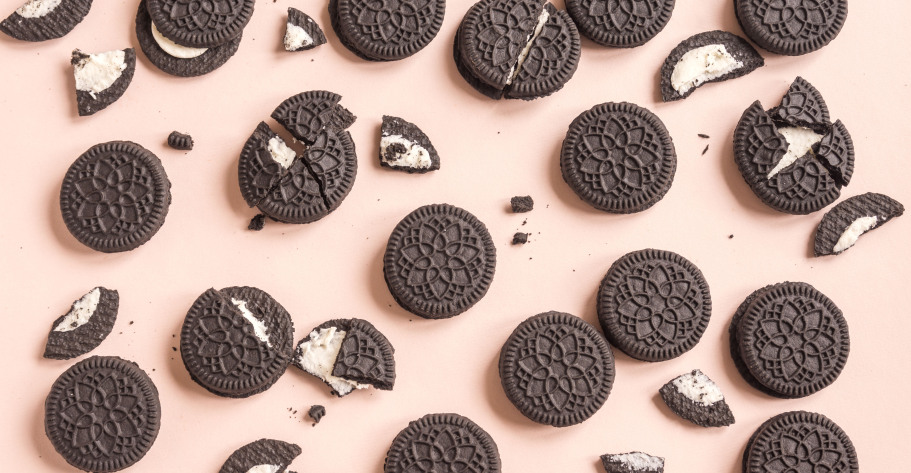
Ammonia emissions, Oreo cookies, and Olam
19 Dec 2022
Olam Food Ingredients (Ofi) and Mondelēz are under fire for using ammonium carbonate, an authorised food additive, in cocoa and Oreo cookies - but the accusations stem from greater concerns over industrial emissions of toxic ammonia and nitrogen oxide ...
Read more